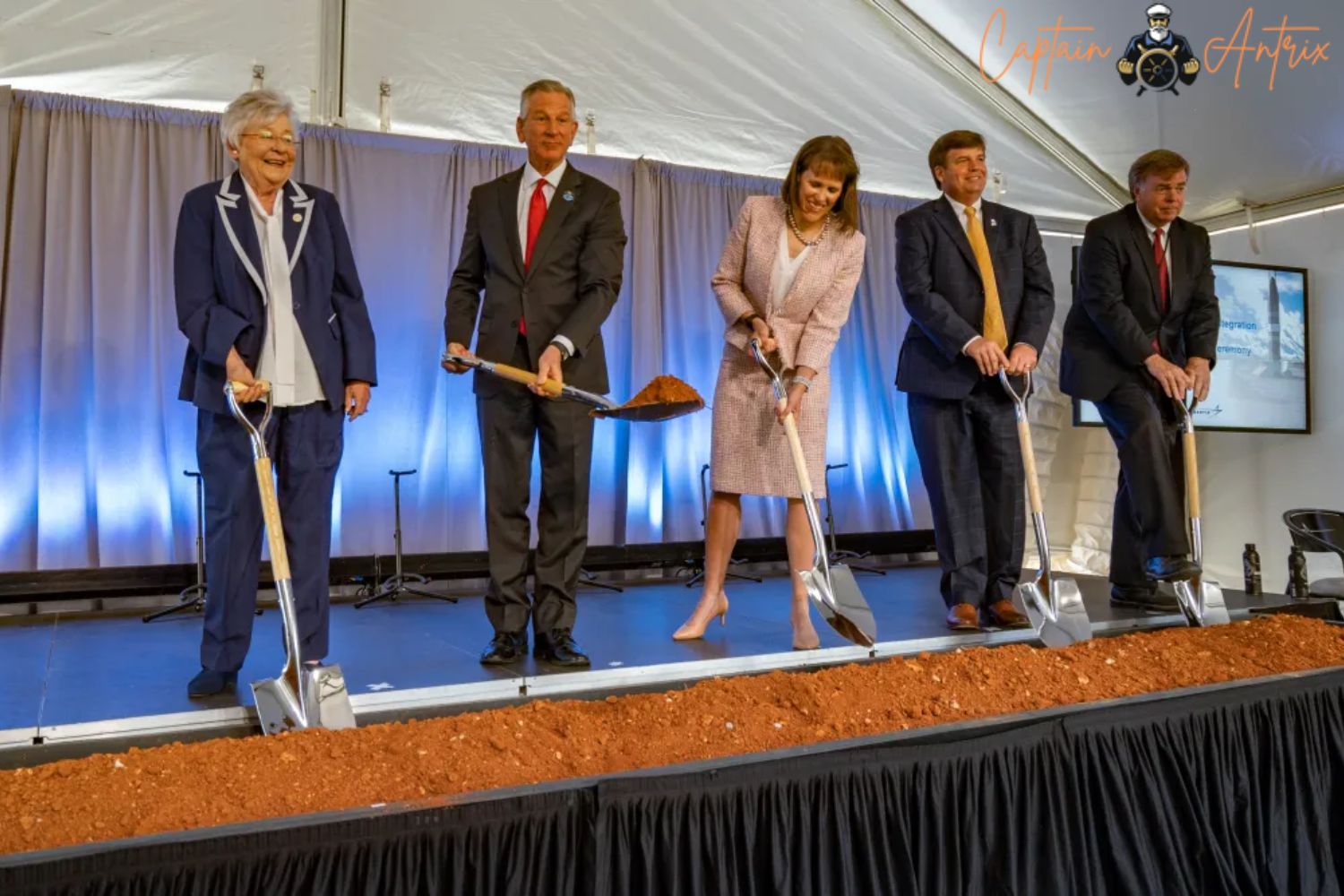
Lockheed Martin, a renowned global leader in aerospace and defense, has recently unveiled a cutting-edge engineering facility, investing $16.5 million at its Huntsville campus. This marks a significant leap forward in missile defense innovation for North Alabama.
This facility, financed as a Lockheed Martin capital project, reaffirms the company's commitment to the Huntsville community, offering new avenues for local growth and elevating technological capabilities at the Huntsville campus.
Central to this development is the Missile System Integration Lab (MSIL), a pivotal space where Lockheed Martin is set to conduct groundbreaking work on the Next Generation Interceptor (NGI), the forthcoming long-range ballistic missile defense interceptor for the U.S. Missile Defense Agency (MDA). This initiative underscores Lockheed Martin's essential role in enhancing national security.
The MSIL functions as a crucial testbed for hardware and software integration, introducing advanced levels of digital capability, agility, and customer connectivity. Sarah Reeves, Vice President of NGI at Lockheed Martin, underscores the facility's role in mitigating risks for the NGI program and enhancing U.S. homeland missile defense capabilities.
Robert Lightfoot, Executive Vice President of Lockheed Martin Space, emphasizes the company's unwavering commitment to North Alabama. The introduction of this advanced facility aligns with Lockheed Martin's celebration of 60 years in the Rocket City, emphasizing the company's dedication to supporting its customers and fostering local development.

The MSIL is not merely a testing ground; it encompasses a digital engineering center and critical infrastructure for maintaining a digital thread throughout the integration process. This approach is supported by Lockheed Martin's decades of experience in supporting the U.S. missile defense mission across the entire product lifecycle and all phases of flight.
In additional strategic initiatives, Lockheed Martin plans to break ground this year on two state-of-the-art facilities in Courtland, Alabama. These facilities will expand missile production space and establish a payload manufacturing center, reinforcing Lockheed Martin's growing portfolio of capabilities in the state.
As a corporation deeply involved in aerospace, arms, defense, information security, and technology, Lockheed Martin, formed by the merger of Lockheed Corporation with Martin Marietta in March 1995, continues to play a significant role in the industry. With approximately 115,000 employees worldwide, including 60,000 engineers and scientists, Lockheed Martin remains a key contractor for the U.S. Department of Defense, the U.S. Department of Energy, and NASA.
Operating across four business segments—Aeronautics, Missiles and Fire Control (MFC), Rotary and Mission Systems (RMS), and Space—Lockheed Martin continues to drive technological advancements contributing to the nation's security and global interests. The recent facility opening and planned expansions underscore Lockheed Martin's role in shaping the future of aerospace and defense without relying on artificial intelligence.
Tags:
Air Force
